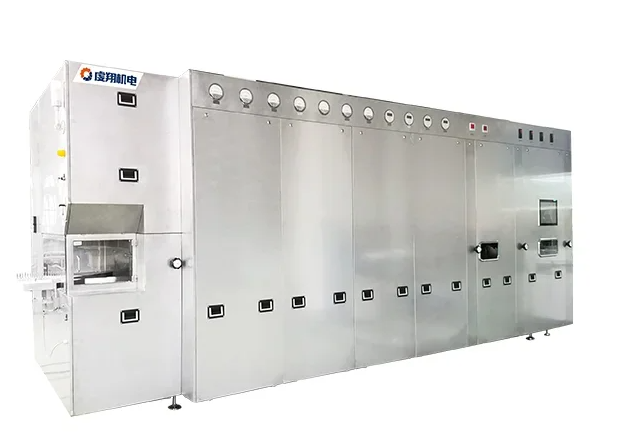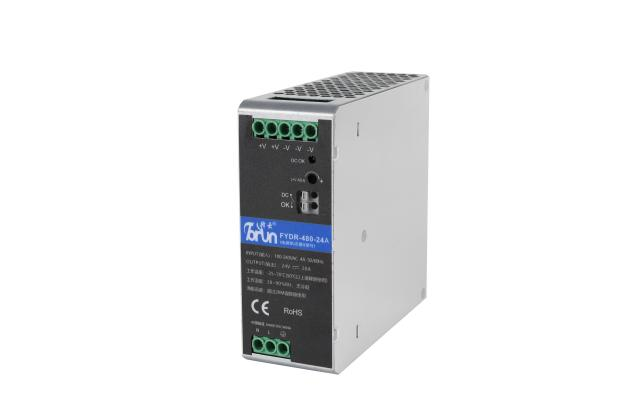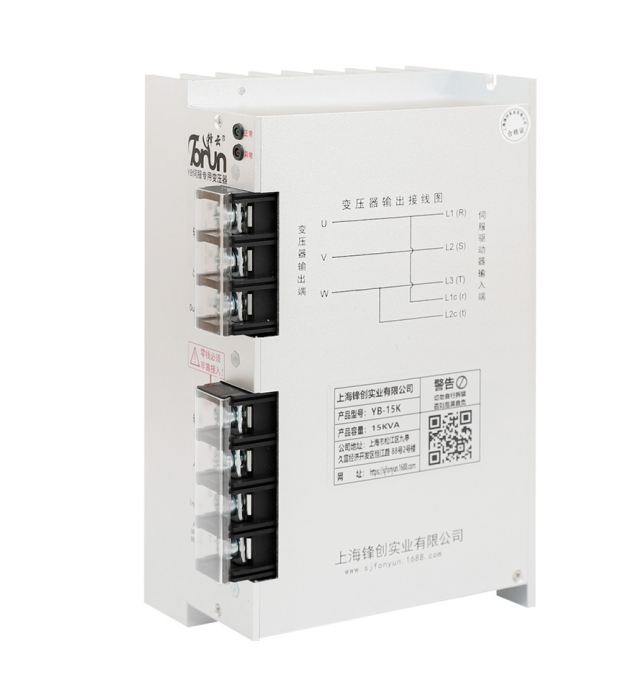The Toner Lifecycle: How Often Should You Replace Toner in Laser Printers?
When it comes to laser printers, one of the most frequently asked questions is, How often do you have to replace toner? The answer is not as straightforward as one might think, as it depends on several factors including printer model, usage patterns, and the type of documents being printed. In this article, we will delve into the intricacies of toner replacement, providing a comprehensive guide to help you understand when and why you should replace toner cartridges in your laser printer.
Understanding Toner Cartridges
Toner cartridges are essential components of laser printers, containing a fine powder that is fused onto paper to create text and images. Unlike inkjet printers that use liquid ink, laser printers utilize a dry powder that is heated and pressed onto the paper. This process not only results in high-quality prints but also affects the longevity of the toner cartridges.
Factors Influencing Toner Replacement Frequency
- Print Volume: The most significant factor affecting toner replacement is the volume of printing. High-volume users, such as businesses or offices, may find themselves replacing toner cartridges every few weeks, while casual users might only need to replace them every few months. Most toner cartridges are rated for a specific page yield, often ranging from 1,500 to 10,000 pages, depending on the model and manufacturer.
- Type of Documents: The type of documents being printed also plays a crucial role. Printing text-heavy documents consumes toner differently than printing graphics or images. For instance, a page filled with graphics will deplete toner much faster than a page with minimal text. Understanding your printing habits can help you gauge how often you need to replace your toner.
- Printer Model: Different laser printer models have varying toner capacities and efficiencies. Some printers are designed for high-volume printing and come with larger toner cartridges, while others are more suited for personal or low-volume use. Always refer to the manufacturer's specifications for your specific model to understand its toner yield.
- Environmental Factors: Humidity and temperature can also affect toner performance. High humidity can cause toner to clump, leading to poor print quality and potentially requiring more frequent replacements. Conversely, extremely dry conditions can lead to static issues that may affect the printer's ability to transfer toner onto paper effectively.
Signs That It’s Time to Replace Toner
Recognizing the signs that your toner cartridge needs replacement can save you time and frustration. Here are some common indicators:
- Faded Prints: If your prints are coming out lighter than usual, it may be a sign that the toner is running low.
- Uneven Print Quality: Streaks or blotches on printed pages can indicate that the toner is unevenly distributed or that the cartridge is nearing the end of its life.
- Error Messages: Many modern laser printers will display an error message or warning light when toner levels are low. Pay attention to these alerts to avoid running out of toner unexpectedly.
Best Practices for Toner Management
To optimize toner usage and extend the life of your cartridges, consider the following best practices:
- Regular Maintenance: Keep your printer clean and well-maintained. Dust and debris can affect print quality and lead to increased toner consumption.
- Use Quality Toner: Always use high-quality toner cartridges that are compatible with your printer. Generic or off-brand toners may not perform as well and can lead to more frequent replacements.
- Monitor Print Usage: Keep track of your printing habits. If you notice an increase in print volume, consider purchasing additional toner cartridges in advance to avoid downtime.
- Adjust Print Settings: For documents that do not require high-quality prints, consider adjusting the print settings to draft mode. This can significantly reduce toner usage.
Conclusion
In summary, the frequency of toner replacement in laser printers is influenced by various factors including print volume, document type, printer model, and environmental conditions. By understanding these elements and recognizing the signs of low toner, users can effectively manage their toner usage and ensure optimal printing performance. Regular maintenance and mindful printing practices can further extend the life of toner cartridges, ultimately leading to cost savings and improved print quality.






